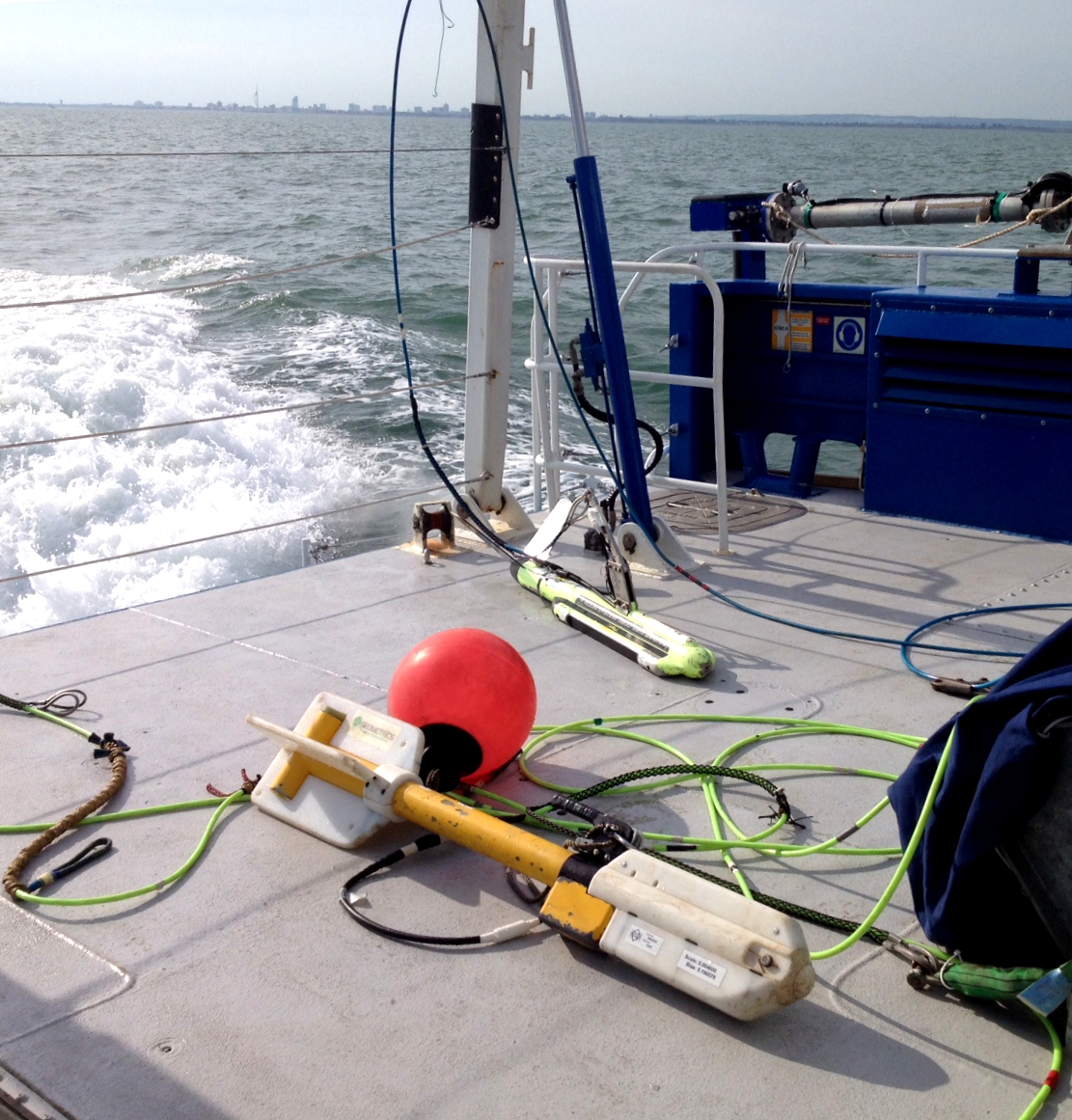
Wessex Archaeology and the Ilfracombe and North Devon Sub-Aqua Club (ILFSAC) have been awarded a research grant from the Honor Frost Foundation by the British Academy to conduct a geophysical survey of the wreck of the vessel South Australian.
Built in Sunderland in 1868 the South Australian was sister-ship to the City of Adelaide, one of only two clipper ships that survive today, the other being the Cutty Sark. The City of Adelaide was recently transported from Scotland to Port Adelaide, Australia, for conservation and display. Like that vessel, the South Australian was heavily involved in the emigrant trade between the UK and Australia. The wreck is therefore potentially of international significance.
The South Australian was later used as a cargo vessel and sank in bad weather in February 1889 in the Bristol Channel. The ship was on passage from Cardiff to Argentina laden with railway materials. In the late 1980s, members of ILFSAC discovered a mound of rails within the remains of a wooden shipwreck whilst investigating a fishing snag. After many years of diving they positively identified the wreck as the South Australian in 2005.
Keith Denby of ILFSAC said “I have dived the wreck site for nearly 30 years and as the story has slowly unfolded my fascination with it has grown. We have long wished to carry out a proper archaeological survey of the site but the conditions are too challenging for conventional plotting and measuring from a datum point, so the generosity of the Honor Frost Foundation will really open up a new phase to the history of the South Australian. It will also help to forge links with the City of Adelaide project in Australia and give members of ILFSAC the chance to learn to use some of the latest technology in underwater archaeological surveying.”
Wessex Archaeology will carry out a geophysical survey of the wreck site this summer, with ILFSAC’s help, in order to develop a site map to guide ILFSAC’s future work at the site. Keep an eye on this blog for further updates as the project progresses!
By Dr Stephanie Arnott, Senior Marine Geophysicist